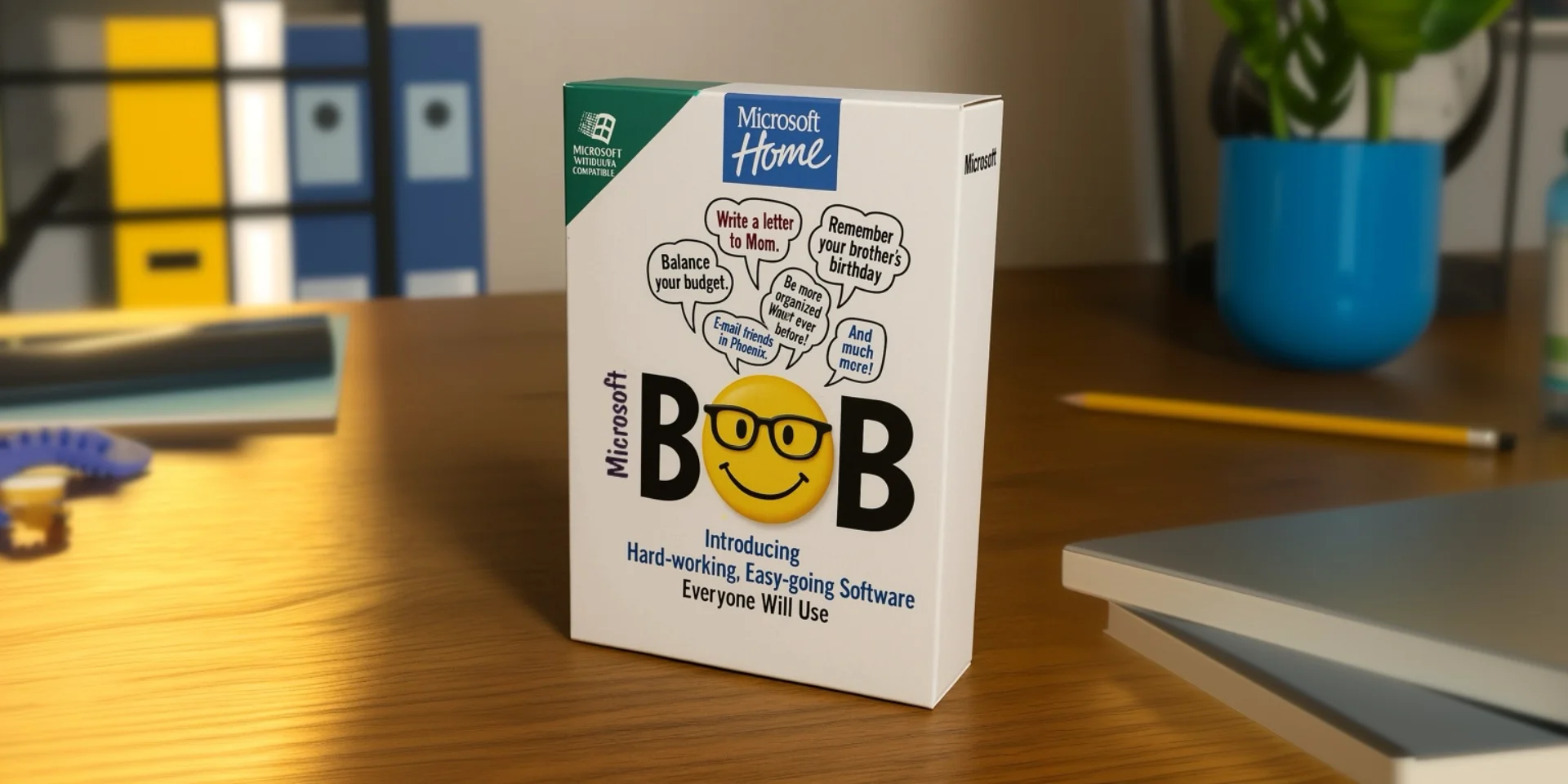What we know about robots and how they are created is constantly evolving as we see scientists draw inspiration from the natural world to create innovative and efficient machines. The latest marvel to emerge from this fascinating intersection is a small, agile robot that forgoes traditional locomotion in favor of a wing-assisted hopping mechanism. Developed by a collaborative team of scientists from MIT, the University of Hong Kong, and the City University of Hong Kong, this tiny bot is demonstrating a unique approach to movement.
Designer: MIT


This remarkable creation, standing just over 5 centimeters tall and weighing less than a single gram, utilizes a vertically oriented, spring-loaded carbon fiber rod as its primary means of propulsion. Functioning like a miniature pogo stick, this leg compresses upon impact with the ground, storing energy that is then released to launch the robot into the air. However, what truly sets this robot apart is its integration of four insect-inspired flapping wings, powered by electrically activated artificial muscles. These wings aren’t designed for sustained flight in the traditional sense. Instead, they play a crucial role in augmenting the robot’s leaps, providing additional lift and enabling it to achieve impressive heights of up to 20 centimeters. Furthermore, these wing movements contribute to its lateral agility, allowing it to traverse distances of up to 30 centimeters per second.


This novel approach offers a potential advantage in terms of energy efficiency compared to traditional flying robots. By primarily relying on the spring-loaded leg for vertical movement and utilizing the wings for assistance and stability, the robot can potentially operate for longer durations on a limited power supply. Currently, this groundbreaking robot is tethered to an external power source and relies on an external motion-tracking system for guidance. This suggests that it is still in the experimental phase, with future development likely focused on miniaturizing the power source and integrating onboard control systems for autonomous operation. The concept of combining hopping and wing assistance is not entirely new in the realm of bio-inspired robotics. Researchers have previously explored similar ideas, such as the “Hopcopter” developed by the City University of Hong Kong and The Hong Kong University of Science and Technology, which combined a commercially available quadcopter with a spring-loaded hopping leg for efficient ground traversal. Similarly, researchers at Stanford University developed a “jumpglider” that used a spring for takeoff and pivoting wings for gliding, showcasing the potential of combining different modes of locomotion.



This latest winged hopping robot represents another significant step forward in this field. Its lightweight design and impressive agility open up possibilities for various applications, such as exploration in confined spaces, environmental monitoring, or even search and rescue operations in complex terrains where traditional robots might struggle. As research progresses and the technology matures, we can anticipate seeing more robots that cleverly combine different forms of movement to achieve greater efficiency and versatility, taking inspiration from the incredible adaptability found in the natural world. This little hopping robot with wings might just be the herald of a new era in robotic locomotion.

The post Tiny, winged robot jumps instead of flying first appeared on Yanko Design.
![]()










